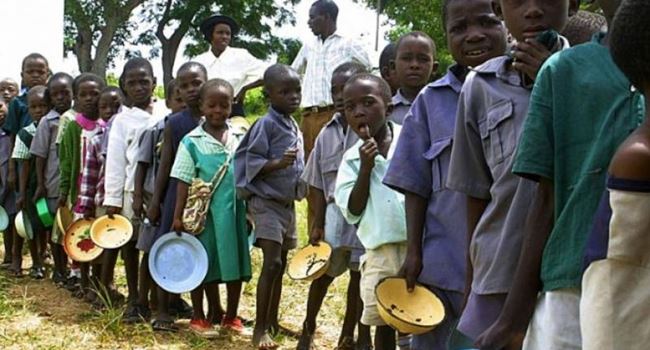…As 13.9 million projected go hungry in 2021
Over 9. 8 million people from 16 states and the Federal Capital Territory (FCT) are reported to be suffering from food insecurity in Nigeria. According to results of food analysis from the Agriculture Organization of the United Nations (FAO) on Thursday in Abuja, Borno, Adamawa, Yobe, Benue, Gombe, Taraba, Katsina, Jigawa states are struggling with food insecurity and malnutrition. Others are “Kano, Bauchi, Plateau, Kaduna, Kebbi, Sokoto, Niger and the FCT.

Speaking at the presentation of the analysis, the FAO Representative in Nigeria and the ECOWAS, Fred Kafeero said the results of the analysis had exposed the need for urgent intervention by the government.
“The presentation of the results of the October/November 2020 Cadre Harmonise (CH) analysis for the 16 States and the Federa| Capital Territory of Nigeria is such an Important stage In determining our next actions and effective response In ensuring food security and nutrition in the country.
“The Cadre Harmonlse or CH (as Is popularly called) is a regional framework for the consensual analysis of acute food and nutrition Insecurity situations across West African countries. Through these framework areas of risk of mal-and undernourishment. and the food insecure populations are identified”.
He said “the exercise, which has now been adopted by the Nigeria Food Security stakeholders since 2015 aims at applying the outcome of the analysis in preventing food crisis by identifying the areas affected and the populations as well as proffering appropriate measures towards improved food and nutrition security and livelihoods.
“Distinguish guests, ladies and gentlemen, I am pleased to inform you that the CH analysis results in Nigeria have become the major yardstick for estimating the areas and population of vulnerable people in need of humanitarian assistance as presented in the annual Humanitarian Needs Overviews (HNOs) and the Humanitarian Response Plans (HRPs) especially in the three BAY states of NE.
“This October/November 2020 CH analysis happens to be different from the previous years, as it took Into consideration the unprecedented impact of the COVID -19 pandemic on the various outcomes of FNS and the inference of the various FNS contributing factors.
“Despite the relaxation of the COVlD-19 lockdown measures, several households are still currently experiencing difficulties in accessing their basic food and nonfood needs due to disrupted livelihoods. This has resulted in reduced HHs opportunities for income and food and nutrition security” he stated.
The result of the analysis also projects that 13.9 million people may suffer from food insecurity from the affected states in 2021. Kafeero explained further that” in this context, FAO and partners have adapted their programme to respond to the Increased need. For the 2020 rainy season In NE, FAO reached 63,300 HH with quality seeds and fertilizers distribution.
“Another 12,000 HH have been reached with livestock support. We are planning to reach about 19,000 HH for the upcoming dry season. In collaboration with the FMARD, WFP and IFAD.
“The exercise, which has now been adopted by the Nigeria Food Security stakeholders since 2015 aims at applying the outcome of the analysis in preventing food crisis by identifying the areas affected and the populations as well as proffering appropriate measures towards improved food and nutrition security and livelihoods” he added.

